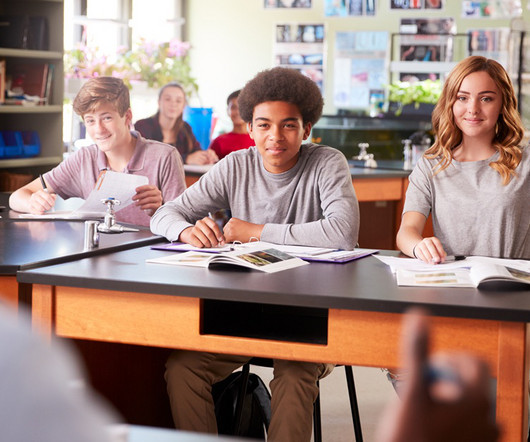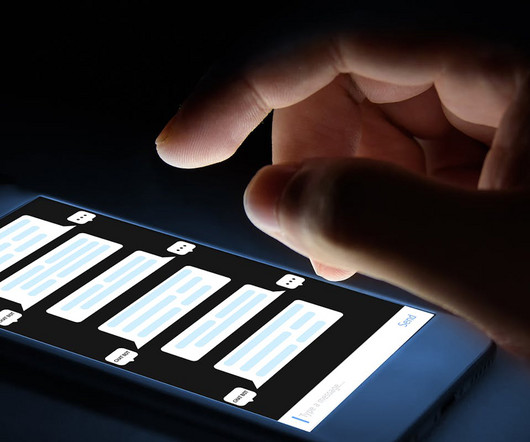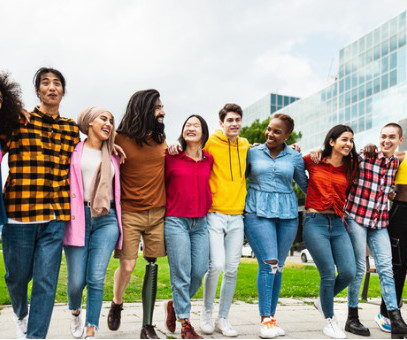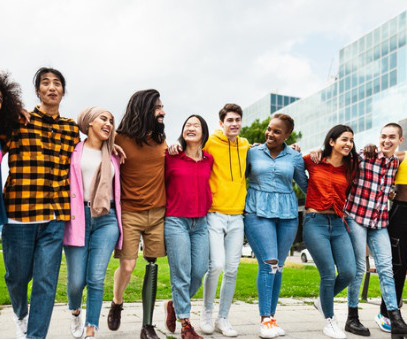Engaging Strategies for Reluctant Learners in High School
Teachers Pay Teachers
JULY 16, 2025
Giving students active learning roles in student-centered classrooms lets them engage in ways they may not have before. Discussing topics with peers, investigating problems and solutions, working together in teams, and finding their own preferred methods for completing an assignment lets students take charge of their learning.











Let's personalize your content